- (512) 528-5528
- info@spanishoakseyecare.com
An eye exam not only tests for visual impairment, but also for other underlying health issues. Even if you do not feel like you need glasses, many asymptomatic conditions exist that can be identified early on with an eye exam. A complete eye exam involves a series of tests designed to evaluate your vision and check for eye diseases. Each test during an eye exam evaluates a different aspect of your vision or eye health.
This is how the power of eyeglasses is calculated. This is what will tell the doctor if you area nearsighted, farsighted, have astigmatism, among other things.
"Which is better, 1 or 2?"
The "external" part of your eye includes your eyelids and eyelashes, cornea, iris, and lens of your eyes.
A slit lamp must be used to properly assess those structures. Only eye doctors offices have this instrument.
Patients with glaucoma, retinal tears or detachments, diabetic retinopathy, macular degeneration, freckles (nevi) and even tumors more often than not, have 20/20 vision and never have any pain.
The only way to find out is by having a retinal evaluation.
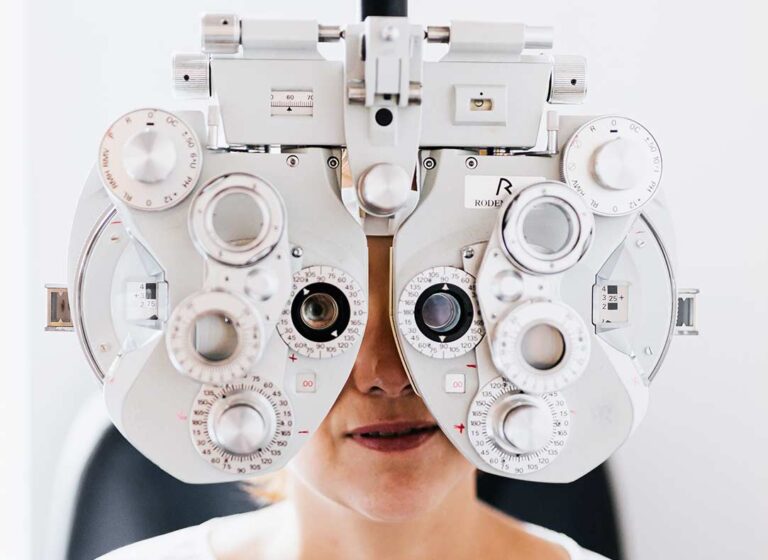
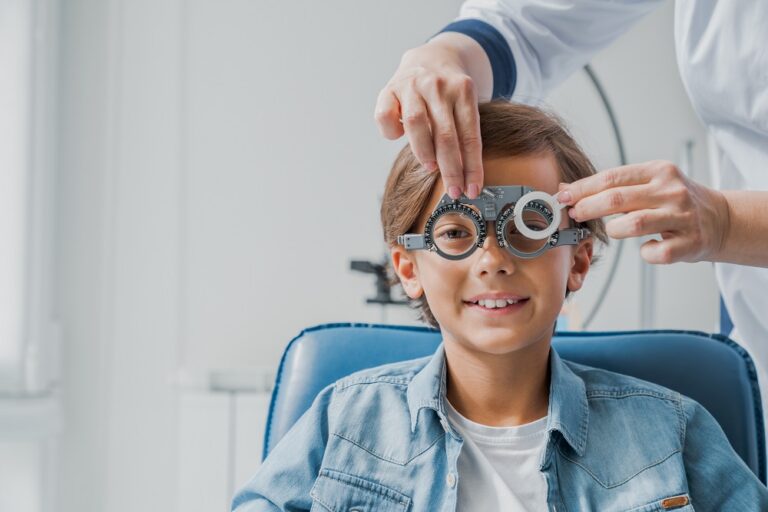
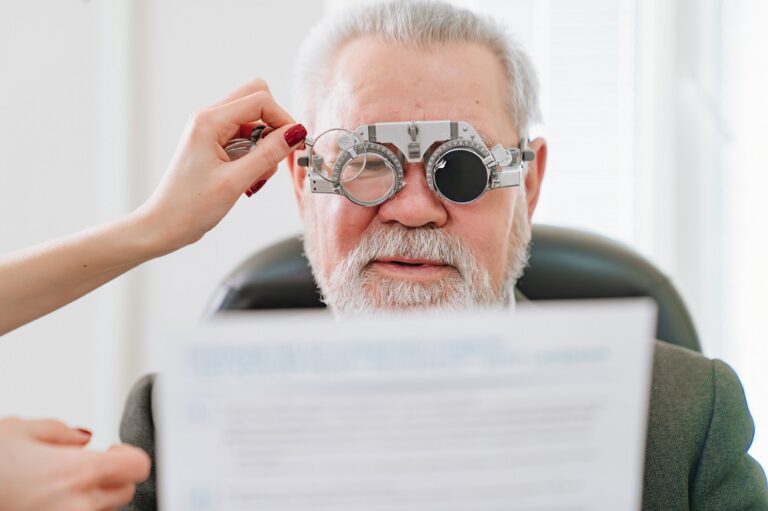
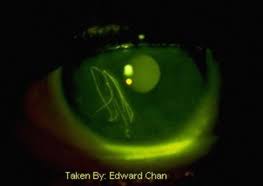
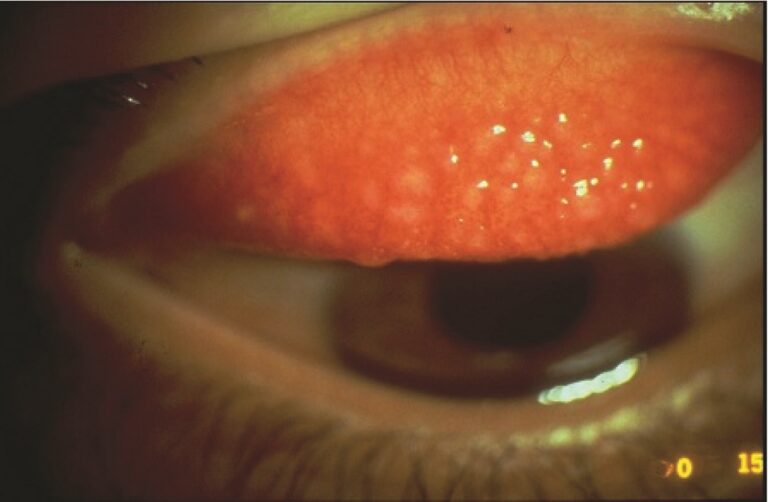
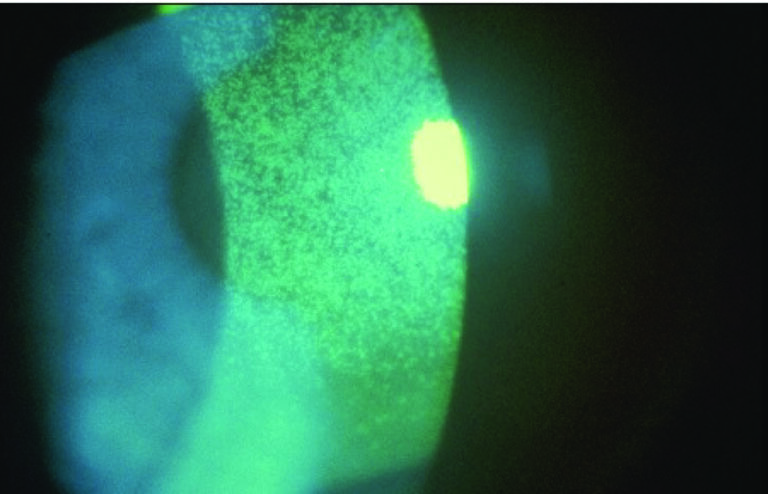
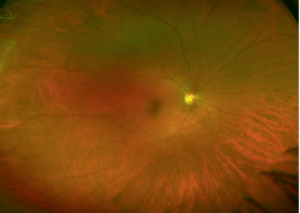
The normal retina is essentially transparent, although it does absorb a quantity of light passing through it.
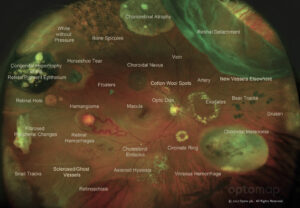


Phone: (512) 528-5528
Fax: (512) 528-5712
Email: info@spanishoakseyecare.com
Address: 13625 Ronald Reagan Blvd
Bldg 8, Ste 200
Cedar Park, TX 78613
Hours:
Monday – Friday 9 am – 5 pm
Closed daily 12 to 1 for lunch
